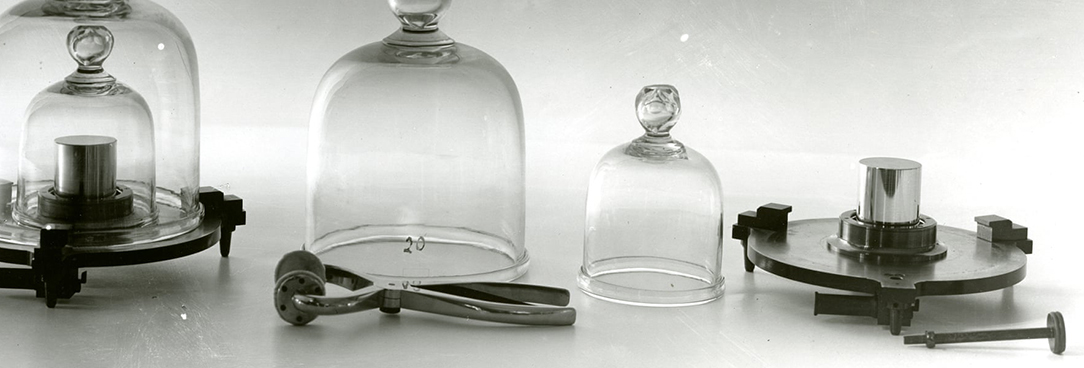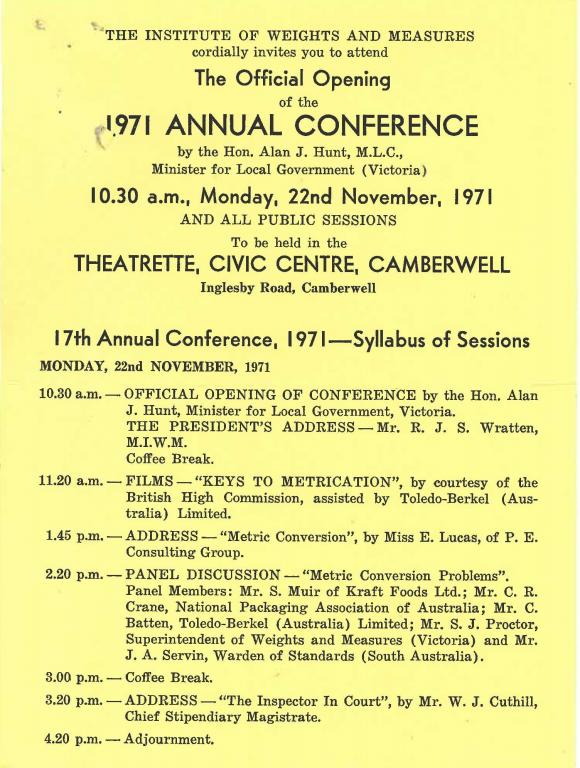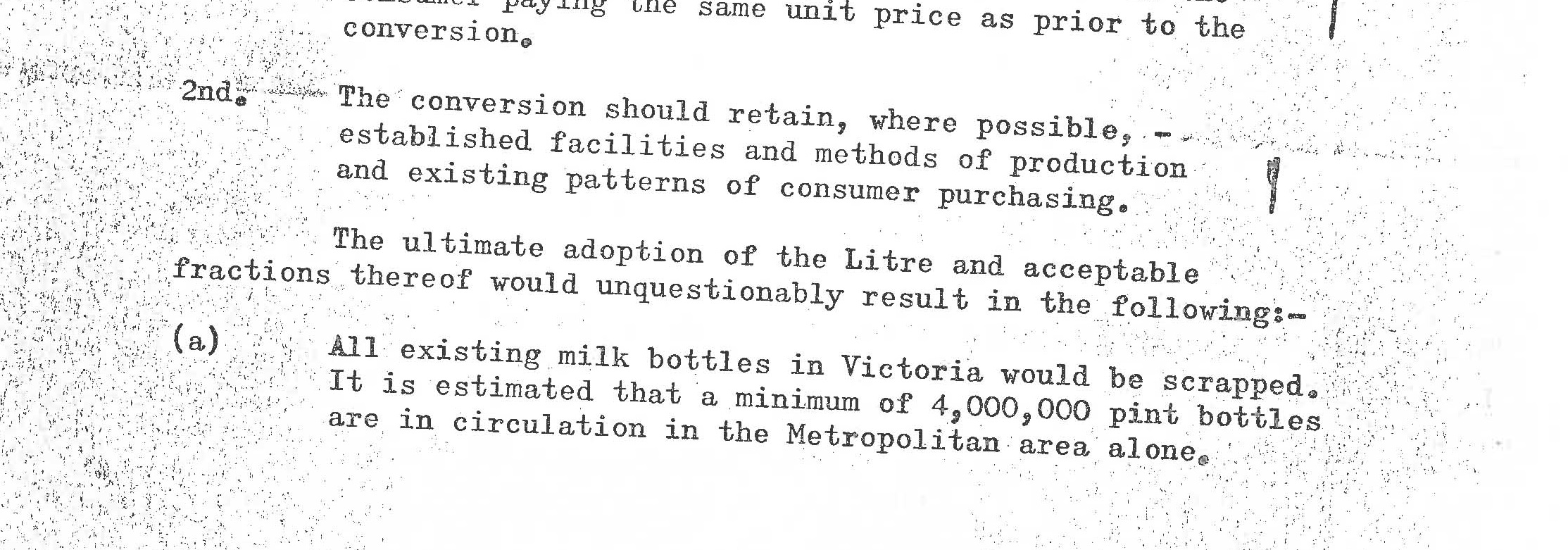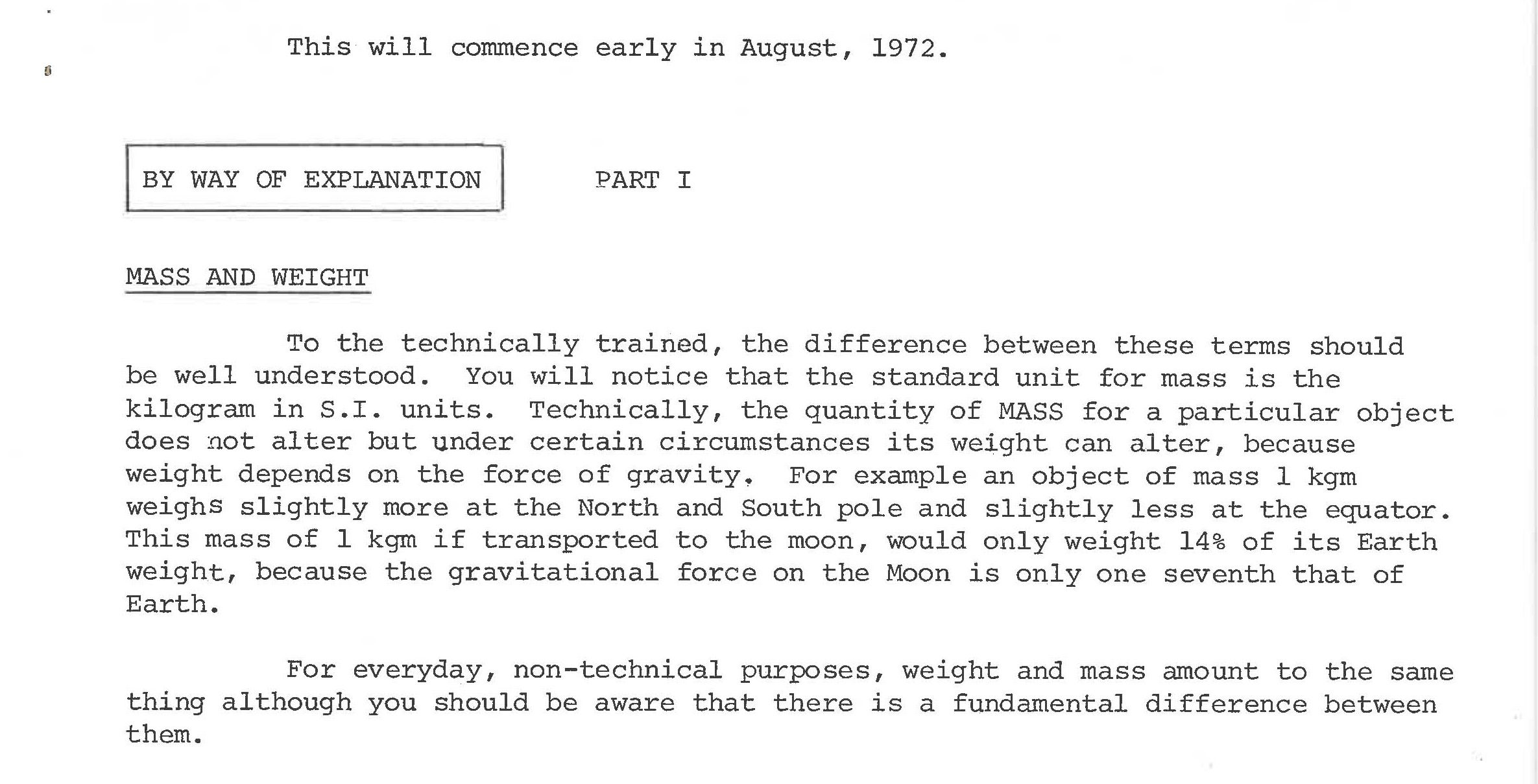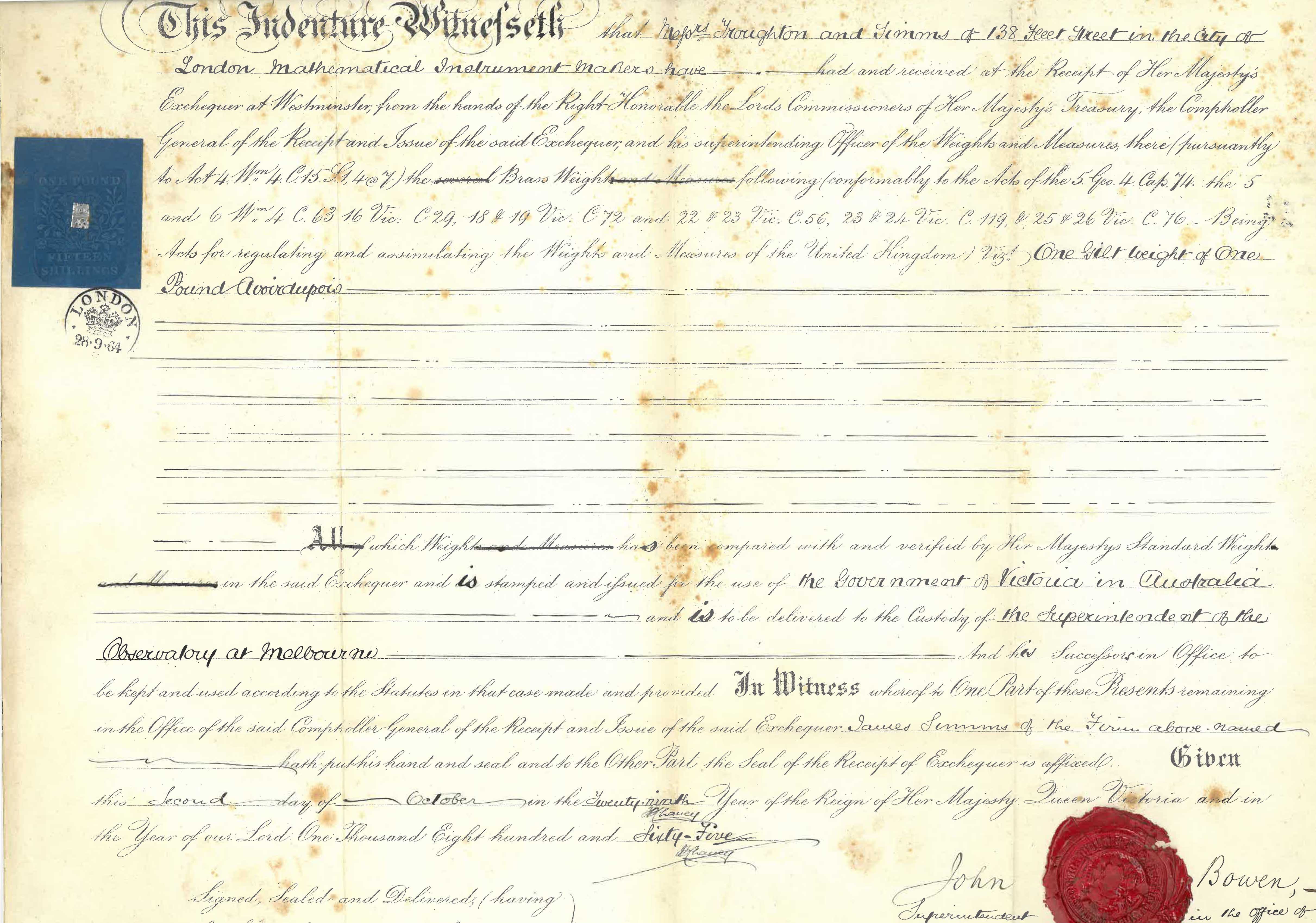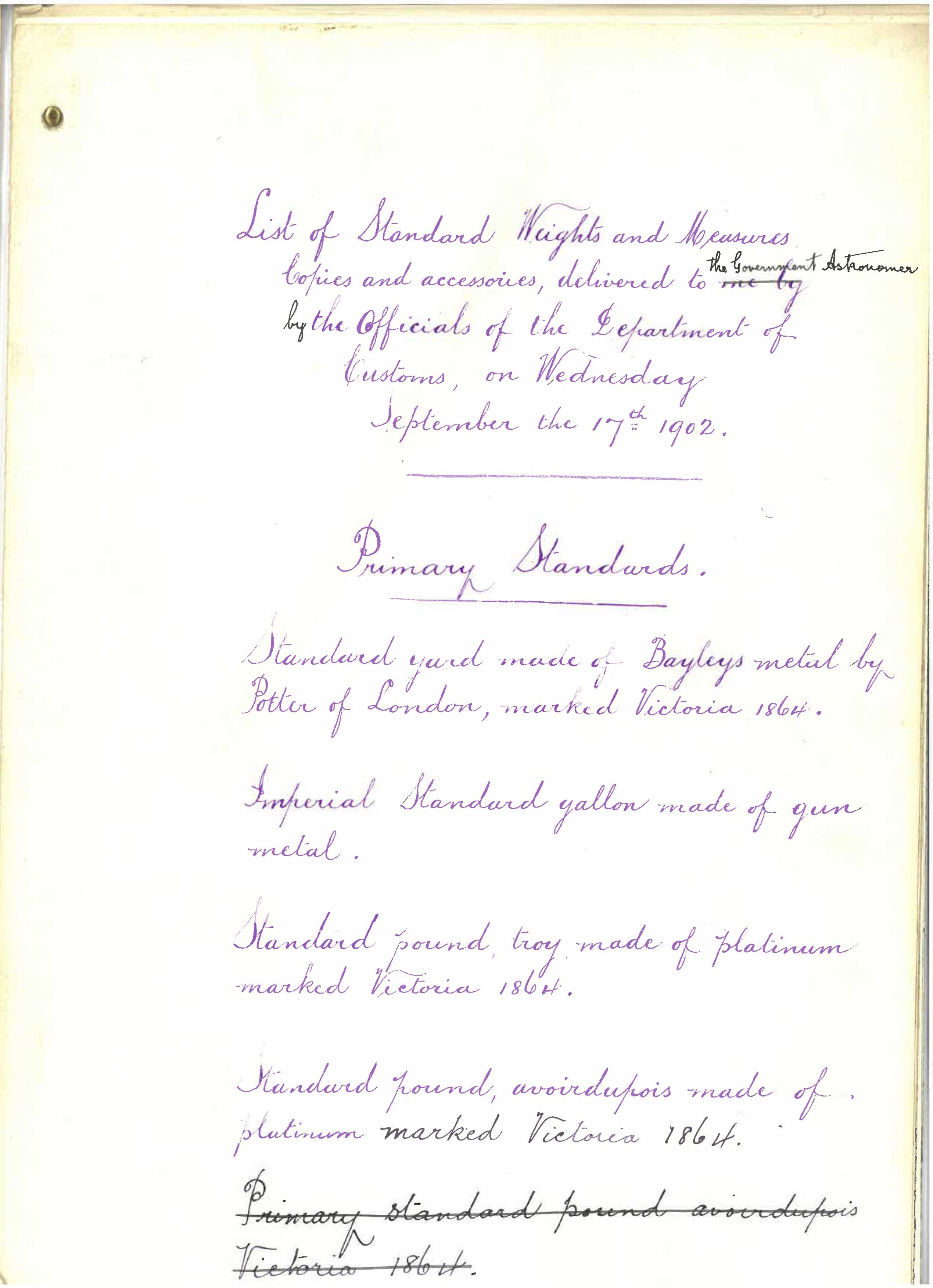
Author: Asa Letourneau
Online Engagement Officer
Where were you when Victoria made the move from Imperial to Metric in the 1970s? Do you still have a hard time converting feet and inches to centimetres or stone and pounds to kilograms? I know that I’m 176cm tall and I can pretty much rattle that off in my sleep, but I’d be hard pressed to tell you in feet and inches. Changing to metric measurements constituted a massive cultural shift for all of us, from trading minerals to buying a bus ticket no one in society was left untouched by the way standard weights and measures were calculated and what happened when these calculations changed.
Today a new major change is coming your way; the way the humble kilogram is measured. On May 20 2019 the new method to measure a kilo will formally begin. In 2018 the scientific community around the world decided to review the way the kilogram is measured because the current method is prone to too much error, it has lost 50 micrograms since it was created. It seems that a kilo in one part of the world may not actually equal a kilo in another because currently it is defined by the weight of a platinum-based alloy made of platinum-iridium alloy, with the original called "Le Grand K" which is locked away in a safe in Paris. Prototypes exist around the world in most countries (see below).
So what's changing?
In late 2018 scientists met in Versailles and voted to get rid of the previous way of measuring a kilo i.e. a mass of platinum, and instead measure the kilogram in terms of an electric current. The decision was made at the General Conference on Weights and Measures. In lay person’s terms you simply place a kilo on one side of a balance and an electric current on the other and measure the resistance to the current. If you would like to delve deeper into the science behind the kibble balance just go here. This method will ensure an exact consistent weight the world over.
The conversion to metric
Within the collection of Public Record Office Victoria there are many records which document the decade or so spent converting Victorian Government services and industries over to the metric system. The conversation around metrification was well underway by 1971 spearheaded by the Weights and Measures Branch. Moving from pounds to kilos, inches to centimetres and feet to metres was no easy 'feat', and the following record was a program from the Institute of Weights and Measures’ Annual Conference who included ‘Metric Conversion Problems’ on the program.
The biggest challenge local industries faced was the cost of converting machinery and instruments to the new metric measurements, not to mention all their marketing materials displaying the correct symbols. The Dairy Industry had resisted the switch for many years, highlighted by this correspondence record in 1973 written from the Victorian Milk Distributor's Association to the Minister for Local Government. They wanted to remain with the imperial system, arguing a minimum of 4 million pint bottles would need to be scrapped in the City simply to make the switch to the litre.
They also pointed out a number of other challenges the dairy industry would face during the conversion process they felt should also be considered, such as the modification to milk crates.
Another obvious problem would have been of attitudinal change. With significant historical ties to the British, a move from Imperial to Metric might have seemed like too much of a change for many. For the United States at least, this was and remains the case. Other industries attempted to explain in simple terms the conversion to the 'kilo'. In fact the MMBW produced a newsletter in an attempt to help explain the conversion - here's a quote from the very first newsletter attempting to explain the 'kilo'
The long history of weights and measures in the archive
The following records give us an important insight into the range of standard weights and measures used in Victoria over time. In 1902 we have records which reference measurements by gun metal, and in 1865 by wool or Avoirdupois Pound. It records an inventory of the standard weights and measures used by the Government Astronomer at the Melbourne Observatory, referencing the avoirdupois pound, also known as the wool pound, which first came into general use c.1300 and was the equivalent of 7000 grains.
The document below confirms that, after comparing it to the standard measure used by the Exchequer, Messieurs Houghton and Simms have verified that the ‘One Gilt Weight of One Pound Avoirdupois actually weighs One Gilt Weight of One Pound Avoirdupois and can be used by the Victorian Government and will be delivered to the Melbourne Observatory as a standard measure.' It’s verbose but it clearly shows that the concern with standard weights being correct is age old.
The world of weights and measures has always come under close scrutiny. In fact, history shows us that public concern with change in weights and measures has always played a critical role in cultural change.
But it need not be all doom and gloom. Let’s cast our eyes back on how government has tried to assuage these concerns by getting on the front foot with television public announcements over speed limits from miles per hour to kilometres per hour, and also pounds to dollars using cute tv jingles.
And so we say farewell Le Grand K!
Co-authored with Kate Follington.
Material in the Public Record Office Victoria archival collection contains words and descriptions that reflect attitudes and government policies at different times which may be insensitive and upsetting
Aboriginal and Torres Strait Islander Peoples should be aware the collection and website may contain images, voices and names of deceased persons.
PROV provides advice to researchers wishing to access, publish or re-use records about Aboriginal Peoples
